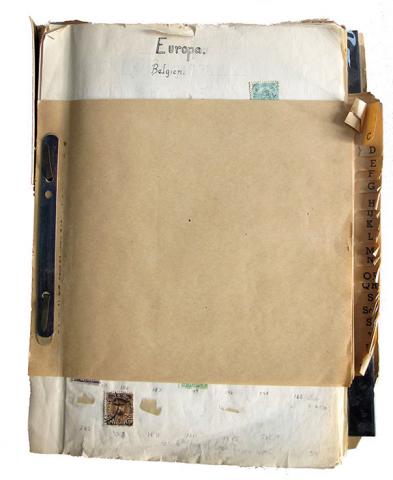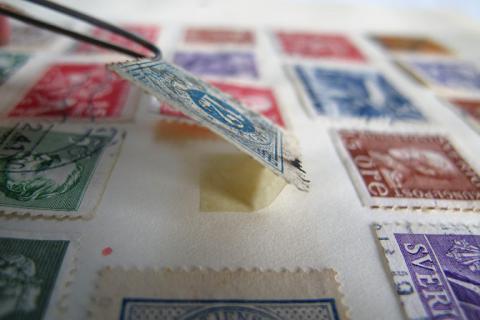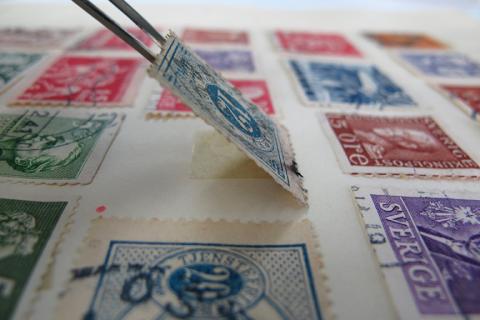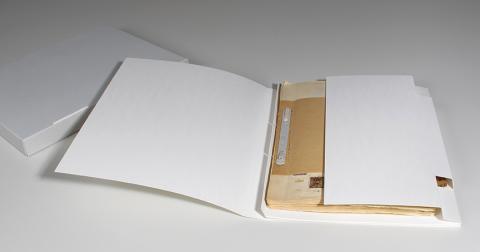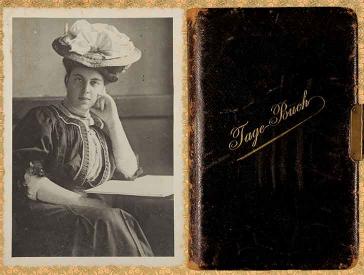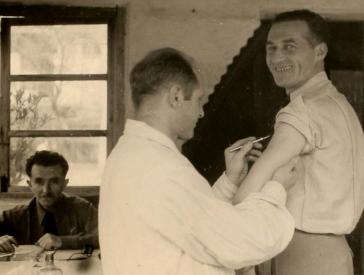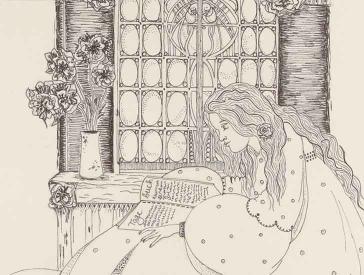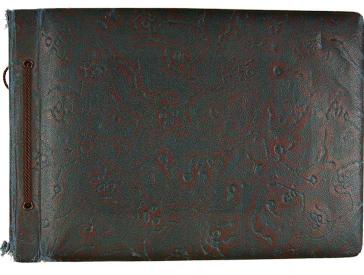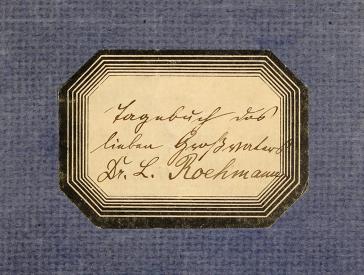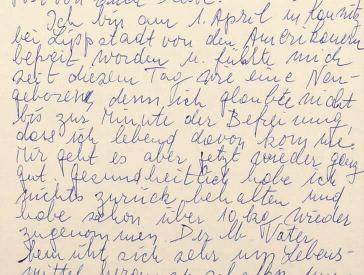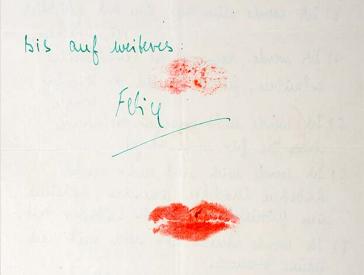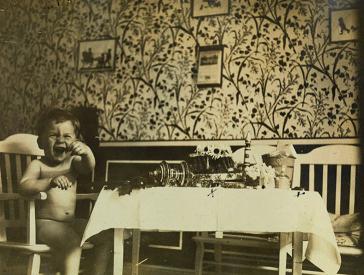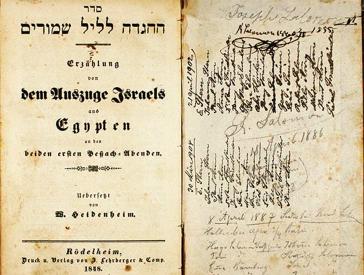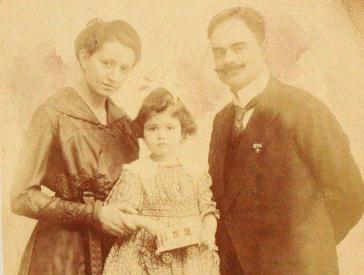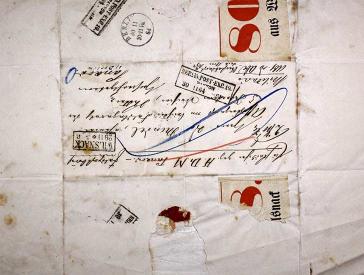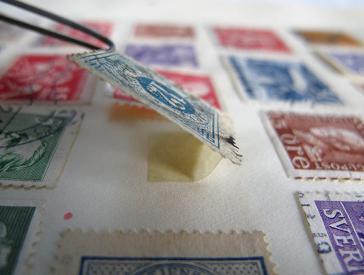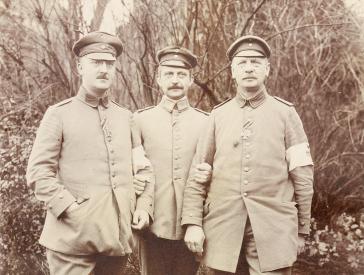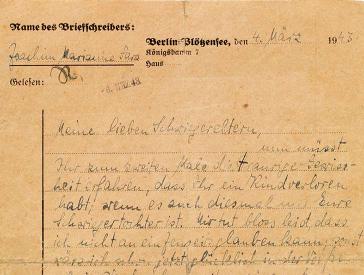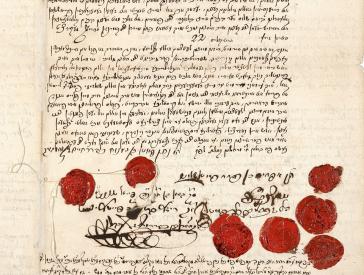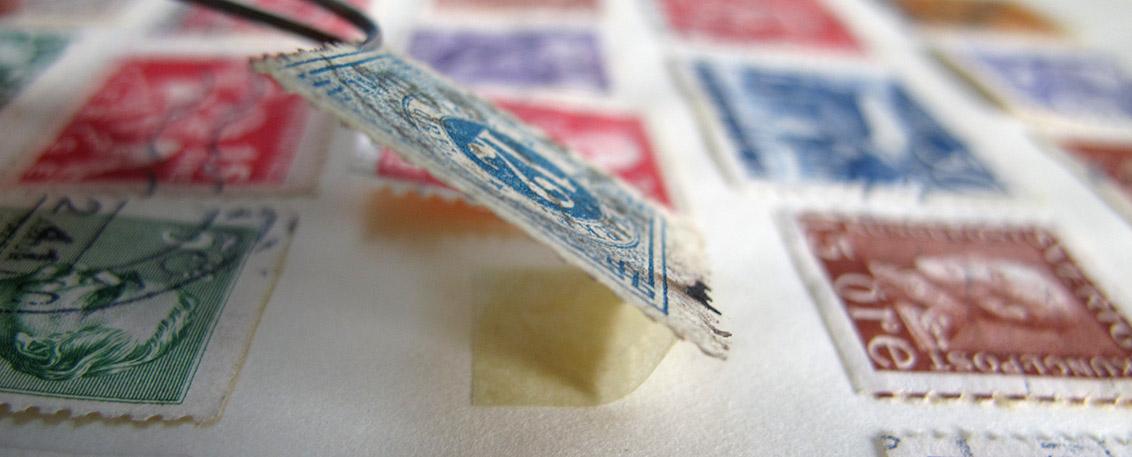
The World in Miniature
On Conserving and Storing a Stamp Album
Kurt Roberg (*1924) made a bequest to the Jewish Museum Berlin this year, which comprised among other things a stamp-album—one of the very few items in Roberg’s possession when he fled Berlin for Lisbon then New York in May 1941.
Jewish emigrés were forbidden to take their belongings with them out of Germany so Roberg came to see the album as a symbol of his personal triumph over the National Socialist dictatorship.
It is a simple folder containing loose sheets to which stamps are attached by paper hinges, between index sheets classifying various countries in alphabetical order.
My task, once the stamp album had been handed over to the Jewish Museum Berlin and inventoried by a curator, was to establish which measures would be necessary to guarantee its preservation. In order to safeguard the album’s history and hence its specific characteristics, I opted for cautious, unobtrusive conservation. My plan was only to stabilize the existing substance, not to try to repair or remove every last trace of its defects. I thus ruled out any measures that would have made the object look “as good as new.”
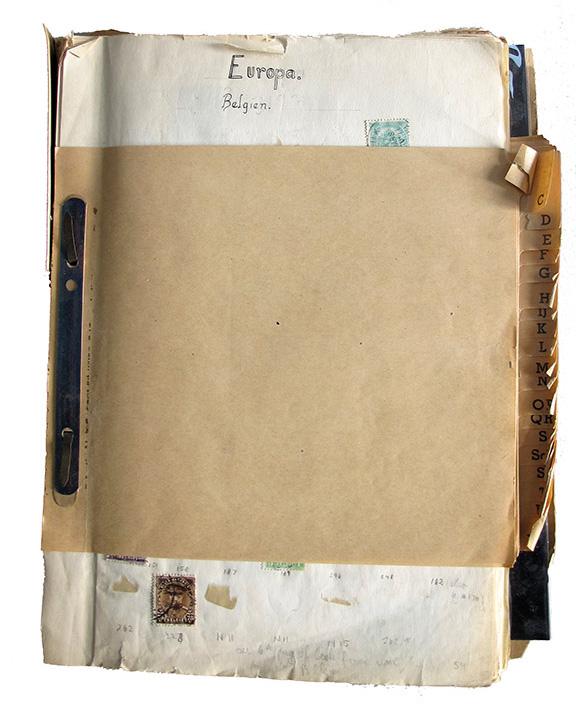
Kurt Roberg’s stamp album, prior to its conservation; Jewish Museum Berlin, accession 2014/78/23, gift of Kurt W. Roberg, photo: Kirsten Meyer
Examination of the album’s condition revealed that, in addition to visible tiny tears in several of the dog-eared sheets, the stamps themselves would have to be secured. The adhesive on the paper hinges had dried out over the years and it seemed likely the stamps would detach and be lost during future use of the album.
The adhesiveness of each hinge was accordingly checked and, if necessary, refixed; and fine Japanese paper was used to mend the tears.
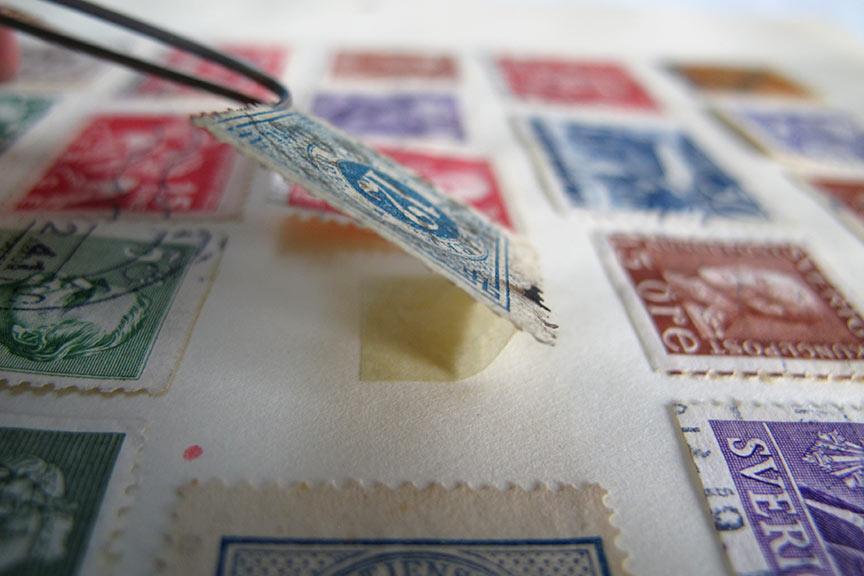
A stamp with a loose paper hinge; Jewish Museum Berlin, gift of Kurt W. Roberg, photo: Kirsten Meyer
Regarding the folder itself, alone the rear cover had survived and it too was slightly torn and also buckled. We decided solely to secure its present state in order to preserve also these traces of the object’s history.
The next question, once conservation was complete, was how to store the album and maintain public access to it yet simultaneously minimize the risk of deterioration or damage. We decided for a custom-made, long-time stable, corrugated cardboard archive box. The album can therefore now be safely transported and is protected from dust, light and mechanical damage.
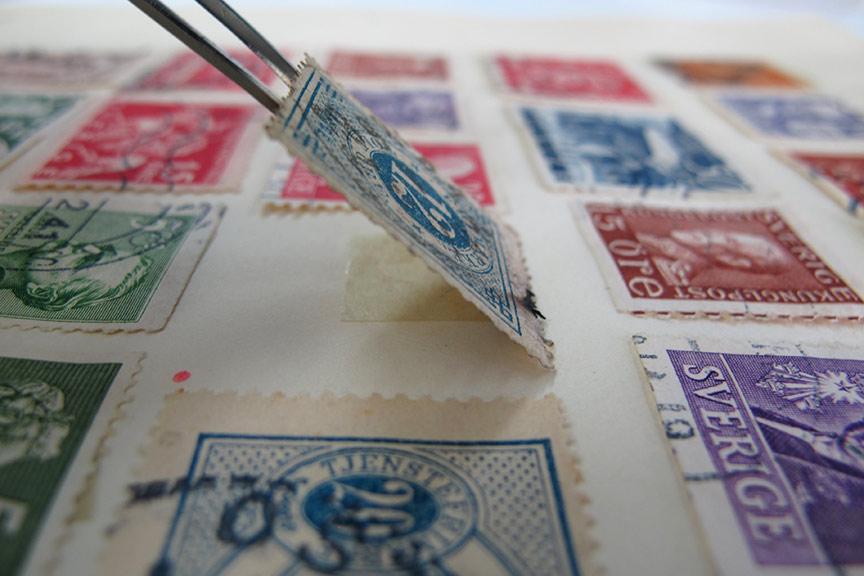
A stamp after renewed adhesion of the paper hinge; Jewish Museum Berlin, gift of Kurt W. Roberg, photo: Kirsten Meyer
Additional inner protection was designed for the album itself, so as to ensure that the index tabs and the binder’s particularly fragile cardboard cover would be adequately protected from mechanical damage, during storage, transport and use. The inner protection was expressly not affixed to the binder so it can be easily removed when the album goes on display.
Until that day comes, however, Kurt Roberg’s well-traveled stamp collection will remain optimally stored in aclimate controlled depot, where the air temperature is 18°C and the relative humidity 50%.
Kirsten Meyer, Paper Conservator
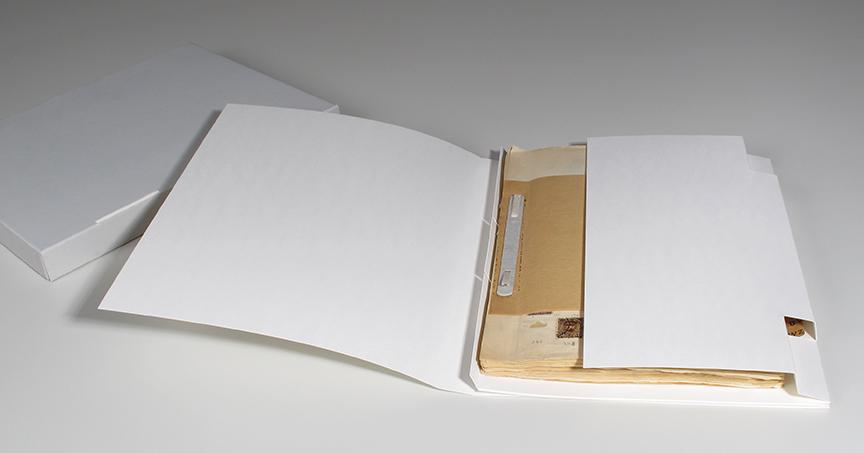
The conserved stamp album in its inner packaging, with the archive box to its left; Jewish Museum Berlin, gift of Kurt W. Roberg, photo: Kirsten Meyer
Citation recommendation:
Kirsten Meyer (2014), The World in Miniature. On Conserving and Storing a Stamp Album.
URL: www.jmberlin.de/en/node/6769
Behind the Scenes: Anecdotes and Exciting Finds while Working with our Collections (21)


